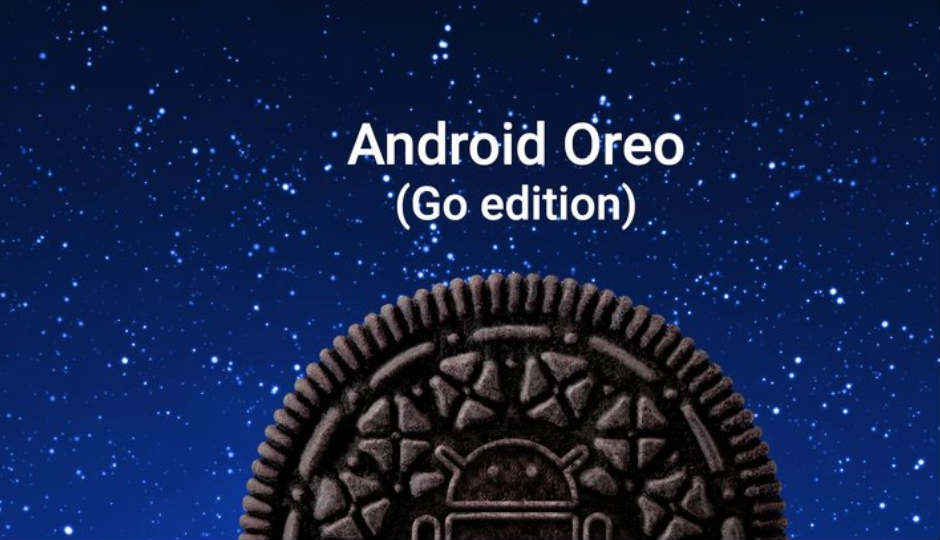Android Oreo (Go Edition) phones: What you get and what you miss out on?

With Nokia 1 and Lava Z50 slated to go on sale sometime next week, let's go through the fineprint to see what you will get and more importantly, what you will miss out on:
The first batch of Android Oreo (Go Edition) phones are right around the corner now that both Nokia and Lava have formally announced their entry-level Android phones powered by the lightweight OS. Google announced the optimised version of Android for low end device to attract the next billion smartphone users to its ecosystem — people who want to jump to the Android bandwagon after years of using a feature phone. Poised as a gateway to the ecosystem, Android Go is meant for phones running on RAM less than 1GB and low-end chipsets. Given the history of low-end Android phones and how disappointing they have been so far, there’s reason to be skeptical about Google’s promise of delivering a smooth and stable experience using entry-level hardware. But let’s be optimistic. Google has indeed taken an interest in making the experience for entry-level phones more streamlined with the flagship phones and there are features that make us believe this will indeed change the impression we had.
Before we dive in further, here’s a quick refresher on what Android Oreo (Go Edition) is. The new operating system that Google announced late last year is specifically aimed at developing countries where there are a lot of people depending on cheap feature phones. Google wants them to migrate to smartphones and the answer is Android Go. The OS is based on Android Oreo but has a much lesser footprint than the full-fledged version. Furthermore, it is designed to run on phones with 1GB RAM or lesser. Quite expectedly, the price is also supposed to be kept low so that they are affordable by the people using feature phones.
With Nokia 1 and Lava Z50 slated to go on sale sometime next week, let's go through the fineprint to see what you will get and more importantly, what you will miss out on:
1. Android Go apps
A crucial part of the stripped down OS are the Go apps that are essentially reimagined to run smoothly on low-end hardware. Google has already released Go versions of most of its own apps including Maps Go, Google Assistant Go, YouTube Go, Files Go and the likes. All these apps have been optimised to run smoothly with less than 1GB of RAM to spare. They also take up lesser space. In fact, the entire OS is half the size of Android Nougat. There will be more Go apps in the future as well, as Google has drawn the guidelines for developers in its Building for Billions development guidelines.
Google will offer a redesigned Play Store highlighting the lightweight apps on Android Oreo (Go Edition), but that doesn’t mean the full version of the apps won’t be supported. Google clarified that as long as the developer enables support for the hardware, the apps will run. However, you can’t expect apps like Photoshop Express to run without a hitch.
2. Not necessarily stock Android
While the default version is indeed based on AOSP, it’s not necessary that the OEMs have to stick to the stock interface. Google said OEMs have the choice to implement their own UI on top of the OS, just like they do with the regular version. However, Google has mandated to keep the pre-installed third-party apps at a bare minimum. At least 5GB of available space is mandatory for users to install their own apps.
3. Don’t expect high-res displays and other flagship features
While Google doesn’t outright specify the exact spec-sheet of the phones running Android Oreo (Go Edition), it does have some logical suggestions. Display resolution will range from WQHD to HD, but won’t go above that. Similarly you can expect chipsets from vendors including Qualcomm and MediaTek and also from makers of feature-phone chipsets like Spreadtrum. Google will work with OEMs to suggest the right combination of components to offer a smooth experience. Furthermore, don’t expect the high-end metal unibody build quality on these phones as the aim is to keep the costs lower.
4. Dedicated data-saving features
Saving space is one part of the deal. In developing countries where data costs are still high, Android Oreo (Go Edition) will help save data. For instance, Files Go and YouTube Go app will allow peer-to-peer files and video sharing between phones respectively, without the need of an internet connection. Chrome Go will also help you save data while you browse while Google Go and Google Assistant Go are meant to give you bite-sized information without pinching your data wallet much.
5. Android Go can be used to revive outdated devices
Have a device that can’t handle the heat of the latest version of Android? Android Go can revive your old phones that way. By tweaking the ROM to support your old device (you need to be a developer to do that), you can extend the life of an old Android. Android Oreo (Go Edition), like every release is open-sourced and can be leveraged by developers to support an unofficial device. As a result, older Android phones with 1GB RAM will also get a fresh lease of life which is never a bad thing!




